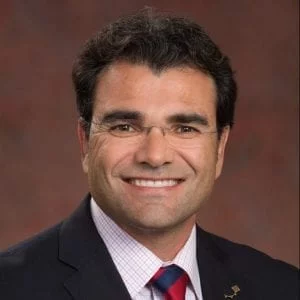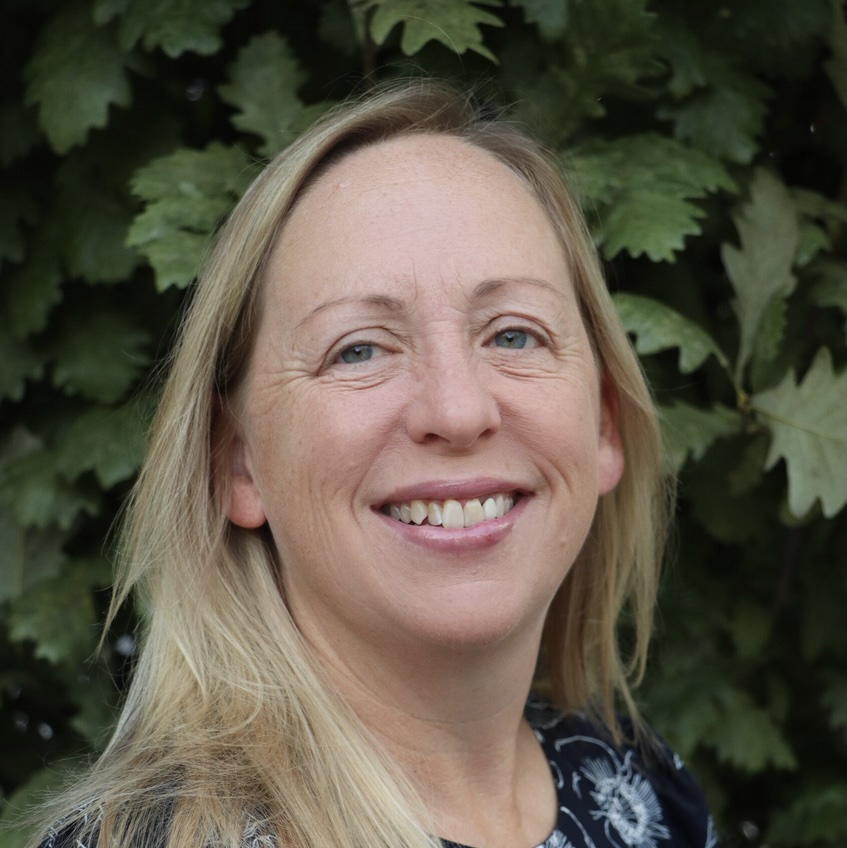“If you want to see a different future, you can’t just wait for it. You have to make it happen.”
It’s a philosophy that has long served as a guiding light for Albert Oriol, who has held the CIO post at Rady Children’s Hospital since 2006.
“We’re making it happen,” he said of the organization, which is currently the largest pediatric hospital on the West Coast, and will expand further through the upcoming merger with Children’s Hospital of Orange County.

Albert Oriol
With this growth, however, comes an added responsibility to ensure the data and technology in place are being leveraged to their fullest potential. It’s a task that Oriol and his team have fully embraced. “We have a tremendous amount of untapped impact,” he said in a Keynote interview with Sue Schade, Principal at StarBridge Advisors. “When a baby is born, we only test for a minimal amount of genetic conditions,” despite the existence of many other diseases that, if caught and treated, can significantly improve outcomes. Failing to go the extra mile, he believes, is “unconscionable. We have the information and the technology to make a difference.”
During the discussion, Oriol shared perspectives on the unique opportunity pediatric organizations have to enhance patient care – particularly through predictive analytics, and how they’re integrating research into everyday practice.
Like any organization, Rady Children’s has its share of hurdles, from the “atrocious” Medicaid reimbursement rates that affect half of its patient base, to the burnout plaguing providers. And that, according to Oriol, means “we have to be innovative and creative on how we meet the needs of our patient population at a lower cost.”
That’s where RPA and artificial (or augmented) intelligence can play a key role by enabling clinicians to focus on value-added tasks. “We anticipate that we’re going to be able to improve productivity and even extend people’s careers, because that cognitive and administrative burden that leads to burnout and early exits will be diminished.”
It’s part of a philosophy - “better care through health IT” - that has served Oriol well throughout his career, and has been a driving force as Rady continues to push the envelope. Case in point? The Institute for Genetic Medicine, which recently had two studies published in the American Journal of Human Genetics demonstrating the effectiveness of a novel platform to screen and treat newborns for genetic diseases.
By utilizing a combination of human and artificial intelligence, BeginNGS can automate the process of interpreting disease risk in a way that’s scalable, according to a press release. For Oriol, it’s further proof of the enormous potential of frontier medicine to “change the way care is provided in pediatric institutions,” he said. “I have no doubt that we will one day look back and think about how primitive we were prescribing drugs and therapies for people without really knowing what constituted their DNA makeup.”
Another example is GTRX, a curated database of more than 400 treatable conditions that was established at the Institute. “That database will be key because it’s going to provide real-time decision support for clinicians receiving a rare diagnosis that they haven’t seen before,” he added. “That’s exciting to me.”
Rady is also leveraging precision medicine in its 3D imaging lab to more effectively plan for individual surgeries by drilling down to more leveled levels and, consequently, reducing “the amount of improvisation needed after an incision is made.”
What sets the organization apart, according to Oriol, isn’t just a strong focus on technology and research, but on ensuring integration into clinical care. “This isn’t research happening in an ivory tower,” he said. “The moment a baby in our NICU is identified as a candidate for genome sequencing, that triggers orders and consents in Epic that then drive the lab process to extract a data phenotype of the patient in the EHR.” The phenotype is then pushed to the genomic side to be combined with outputs of the genetic data and contrasted with known attributes of specific diseases to find diagnosis. “It’s not just a research entity,” he stated. “It’s part of our caregiving process.”
And it’s a vital part of Rady’s overall strategy to extend and improve the lives of patients, Oriol concluded. “We can’t boil the ocean, but we can certainly make it much better than what it is today.”


Questions about the Podcast?
Contact us with any questions, requests, or comments about the show. We love hearing your feedback.

© Copyright 2024 Health Lyrics All rights reserved